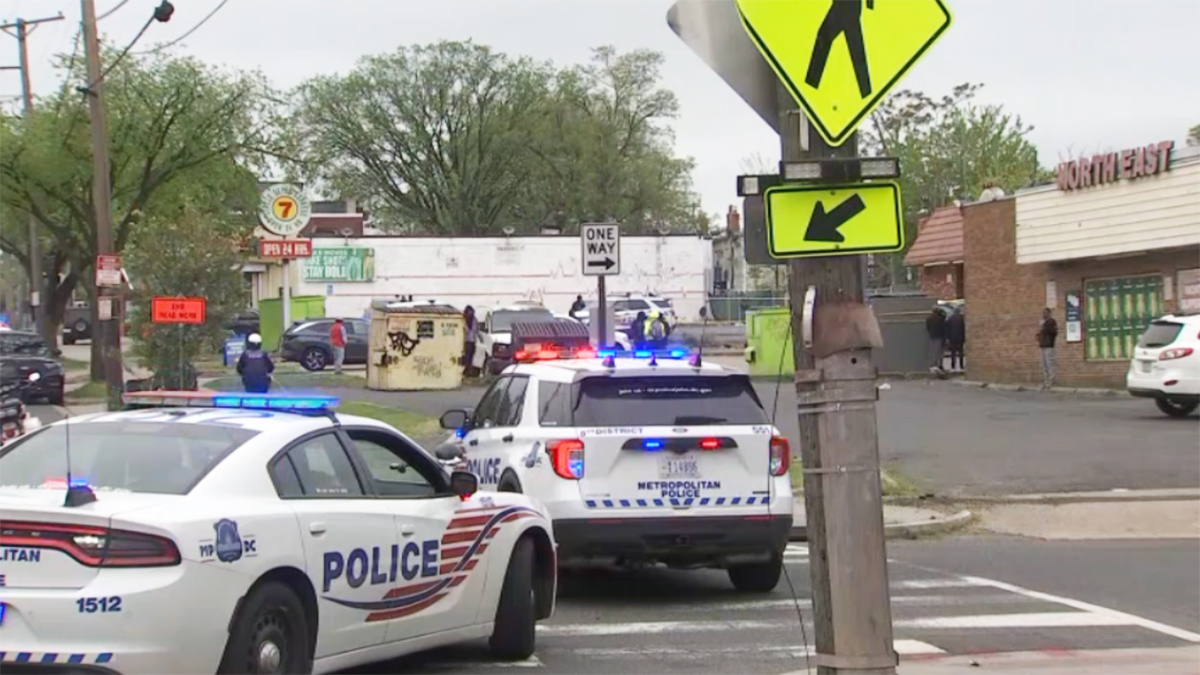Heavy rains that brought additional pollution downstream last year contributed to the first decline in a decade to the overall health of the Chesapeake Bay, according to a report released Monday.
The bay's health grade sank from a C-minus in 2016 to a D-plus in the 2018 State of the Bay, a biennial report issued by the nonprofit Chesapeake Bay Foundation.
The bay scored a 33 out of a possible 100 after scientists measured 13 indicators in three categories, including pollution, habitat and fisheries. The report cited record rains last year that brought large amounts of pollutants downstream, mostly from Pennsylvania, but also from other regions.
"Simply put, the bay suffered a massive assault in 2018," said Will Baker, the group's president. "The bay's sustained improvement was reversed in 2018, exposing just how fragile the recovery is."
Beth McGee, a senior scientist at the foundation, which has released the report on the bay's health since 1998, also highlighted the effect of the rains, which washed enormous amounts of debris from the Susquehanna River in Pennsylvania south into Maryland waters and into the nation's largest estuary.
"While some indicators improved or stayed the same, scores for the bay's two systemic pollutants — nitrogen and phosphorous — decreased substantially, reflecting increased loads caused by the high rainfall in 2018 and above average loads in 2017," McGee said. "The score for water clarity also dropped — another casualty of the record rain."
Still, Baker highlighted good news as well. Bay grasses remain intact, and recent studies have shown an improving trend in the long term for underwater dead zones, which are low-oxygen conditions that can suffocate underwater life and shrink habitat.
Local
Washington, D.C., Maryland and Virginia local news, events and information
"The good news is there are signs the bay is developing a resilience that may help it overcome long-term damage caused by record storms and rainfall which dump polluted runoff into our waters," Baker said.
Baker said the bay is facing some of the most serious challenges ever seen. The Susquehanna River, which supplies about half of the bay's fresh water, is "severely polluted," Baker said, and pollution attached to sediment that once stayed largely behind the Conowingo Dam is no longer trapped behind the dam's walls.
Deborah Klenotic, a spokeswoman for the Pennsylvania Department of Environmental Protection, said Pennsylvania state agencies have been collaborating with local communities, the agricultural industry, businesses and environmental organizations to improve water quality.
"Pennsylvania has been working diligently to be a good partner on Bay clean-up efforts and is working collaboratively with farmers and other stakeholders to implement best practices for sediment control in the watershed area," Klenotic wrote in an email.
Stormwater runoff from urban and suburban areas continue to be a source of growing pollution, Baker said, and he criticized President Donald Trump's policies affecting the environment and denial of climate change.
To improve the bay's health, Baker said jurisdictions in the bay's watershed, including Delaware, Maryland, New York, Pennsylvania, Virginia, West Virginia and the District of Columbia, must meet clean water goals set for 2025.
"Second, the Trump administration must stop trying to eliminate environmental laws and regulations that have enjoyed decades of bipartisan support, and third climate change must be addressed now," Baker said.



